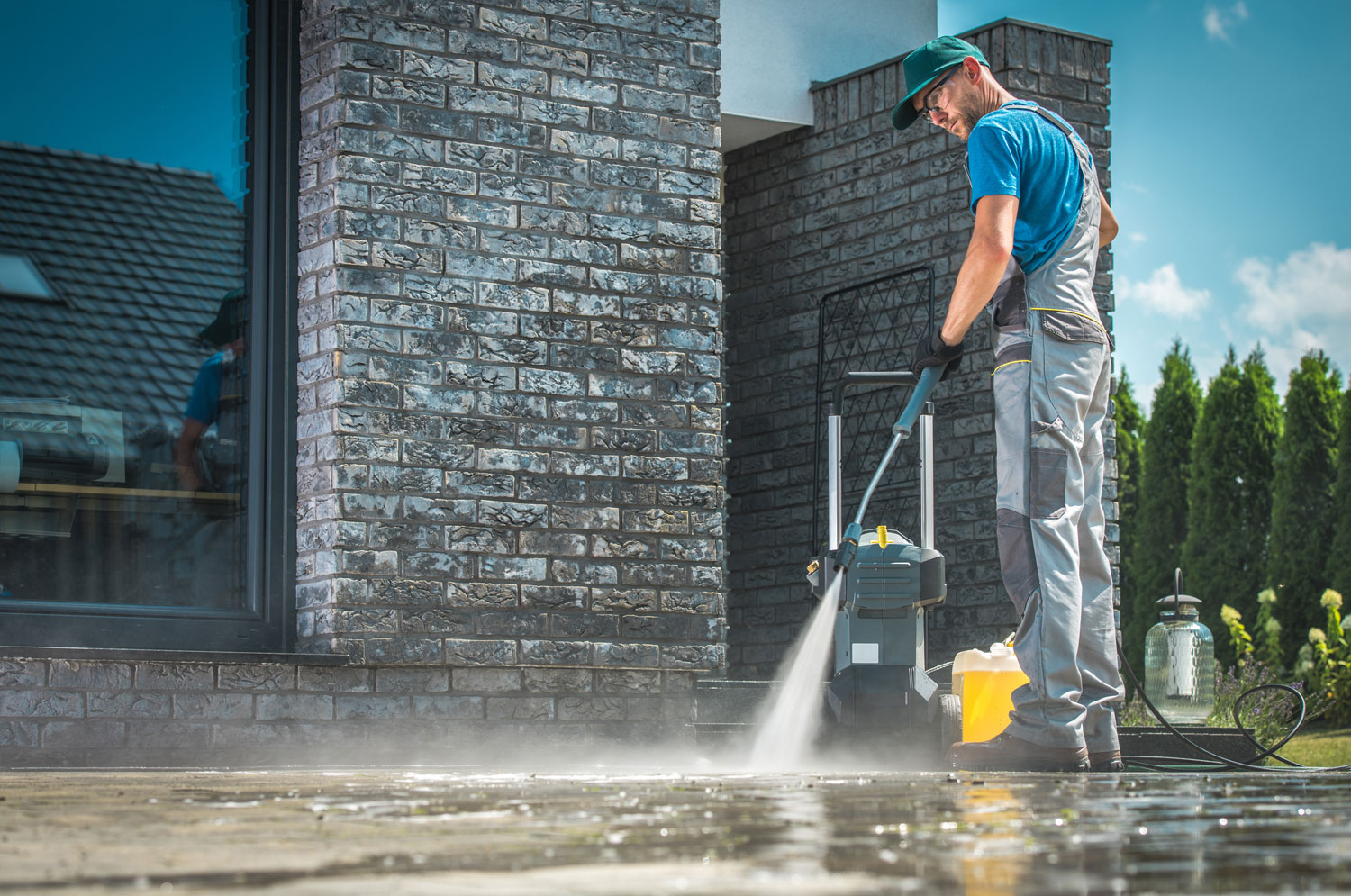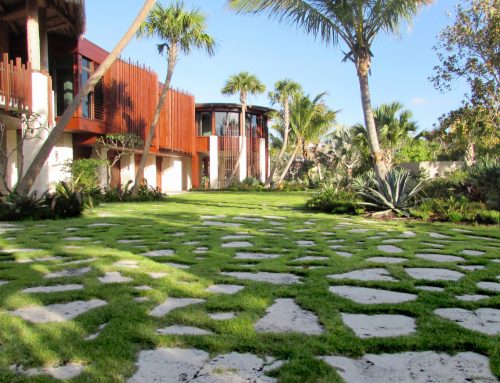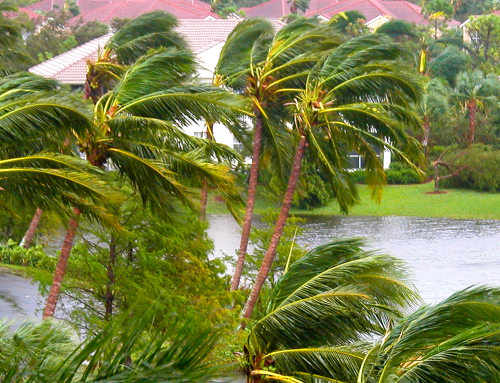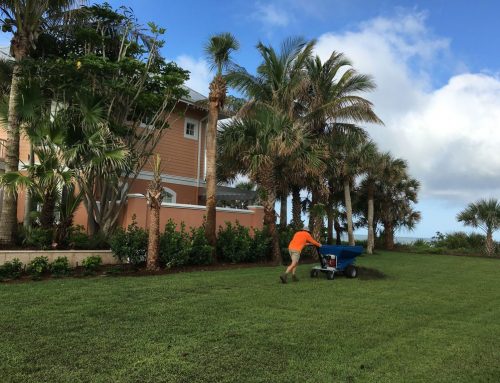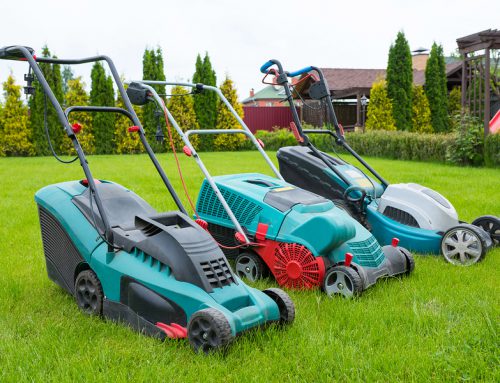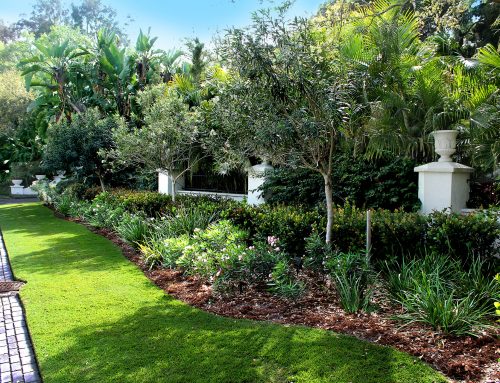It is true that many palm species are adapted to high velocity winds. However, a hurricane can damage even the most wind tolerant palm.
The apical meristem, also known as the “bud” is the active cell division area of the palm. The apical meristem is found at the top of the trunk and is surrounded by leaf bases. All new leaves come from this bud. If the bud is damaged, new leaves failed to develop and the palm slowly dies.
It is very difficult to determine or to predict which palms will survive when damaged and which ones will not. The bud is not visible or accessible for inspection. The native Sabal Palm and the Royal Palm tend to tolerate high winds. Royal Palms tend to shed most of their leaves, while Sabal Palms/cabbage Palms tend to hold onto their leaves.
It is important to note that it can take up to 2 years before you will be able to determine whether a palm has recovered from a wind storm event. Recovery consists of new leaves emerging from the bud; abnormal at first but slowly becoming normally shaped, until eventually normal leaves will appear. It is recommended that damaged palms should be carefully monitored for the next 2 years.
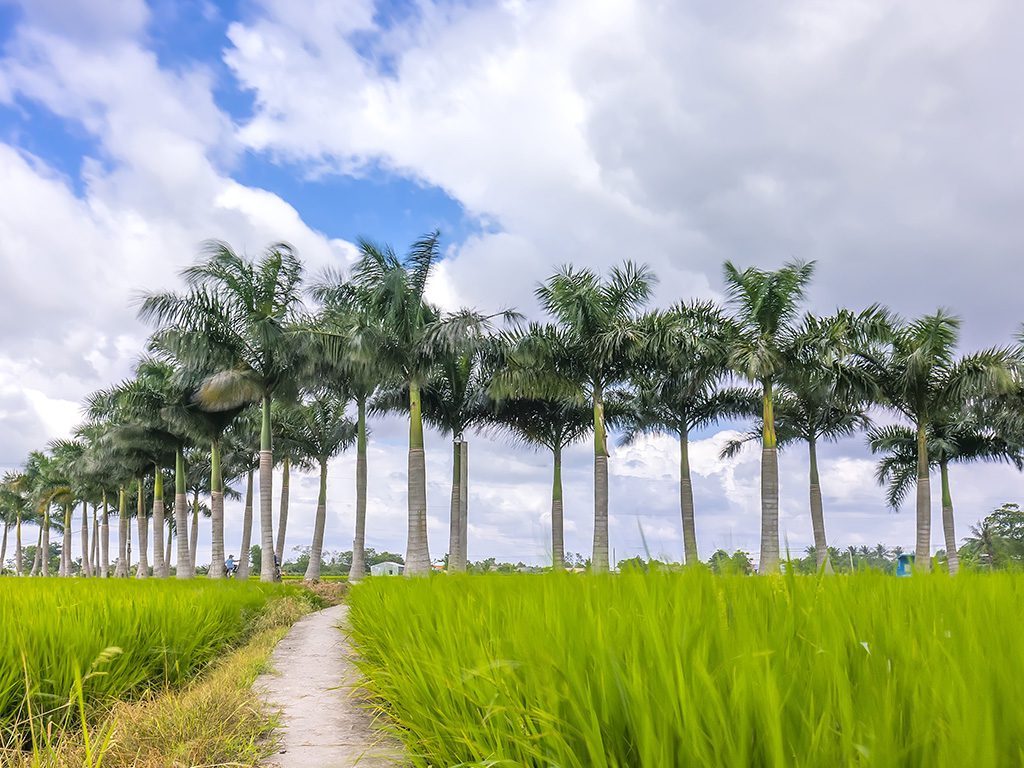
Storm related damage to palms:
Uprooted:
Palms should be stood upright as soon as possible and replanted at the same depth they were originally planted. Bracing may be required. Braces should be kept in place for at least 6 months. Uprooted palms that are replanted should be considered newly planted. Establishment irrigation is critical and should be monitored closely.
Damage leaves:
Damaged green leaves should be left attached to the palm. Palms reallocate resources from old leaves 2 new leaves. Damaged green leaves left on the palm will allow the palm to recover quicker.
Fertilization:
For wind damaged palms that have not been uprooted, it is recommended to maintain the same fertilization regiment that was in place prior to the storm event. For those damage palms that have been uprooted and replanted, it is recommended that no extra fertilizer be applied.
Fungicides:
There is no empirical scientific research that justifies the use of fungicides after a hurricane. However, GreenTech Sustainable Organic Solutions recommends the application of copper in the form of a bud drench, together with a trunk injection of an insecticide and fungicide. It is quite possible that the apical meristem/bud may have been damaged. This recommendation is nothing more than an “insurance policy”.

